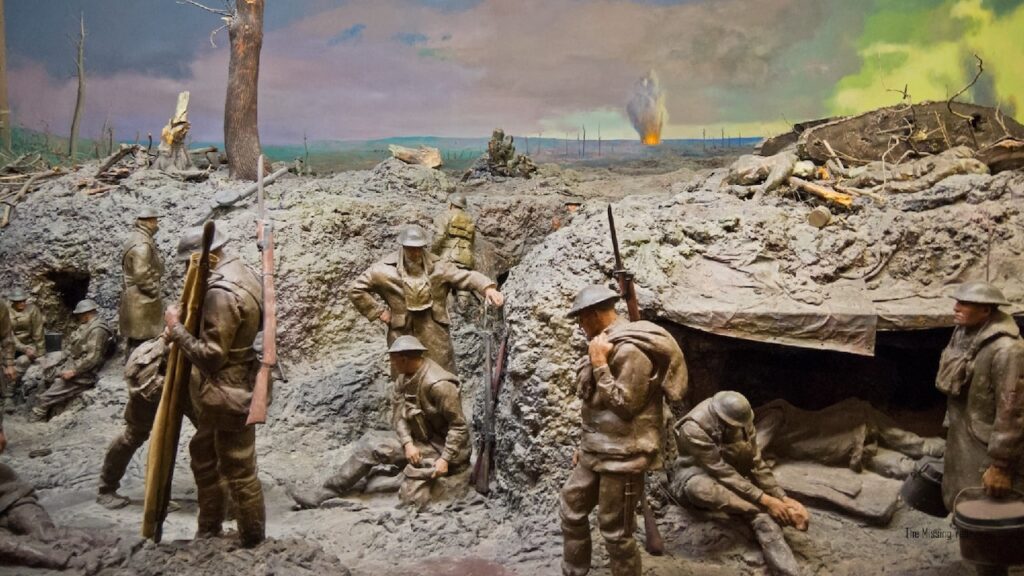The First World War: A Complete Overview of the Great War That Shaped the 20th Century
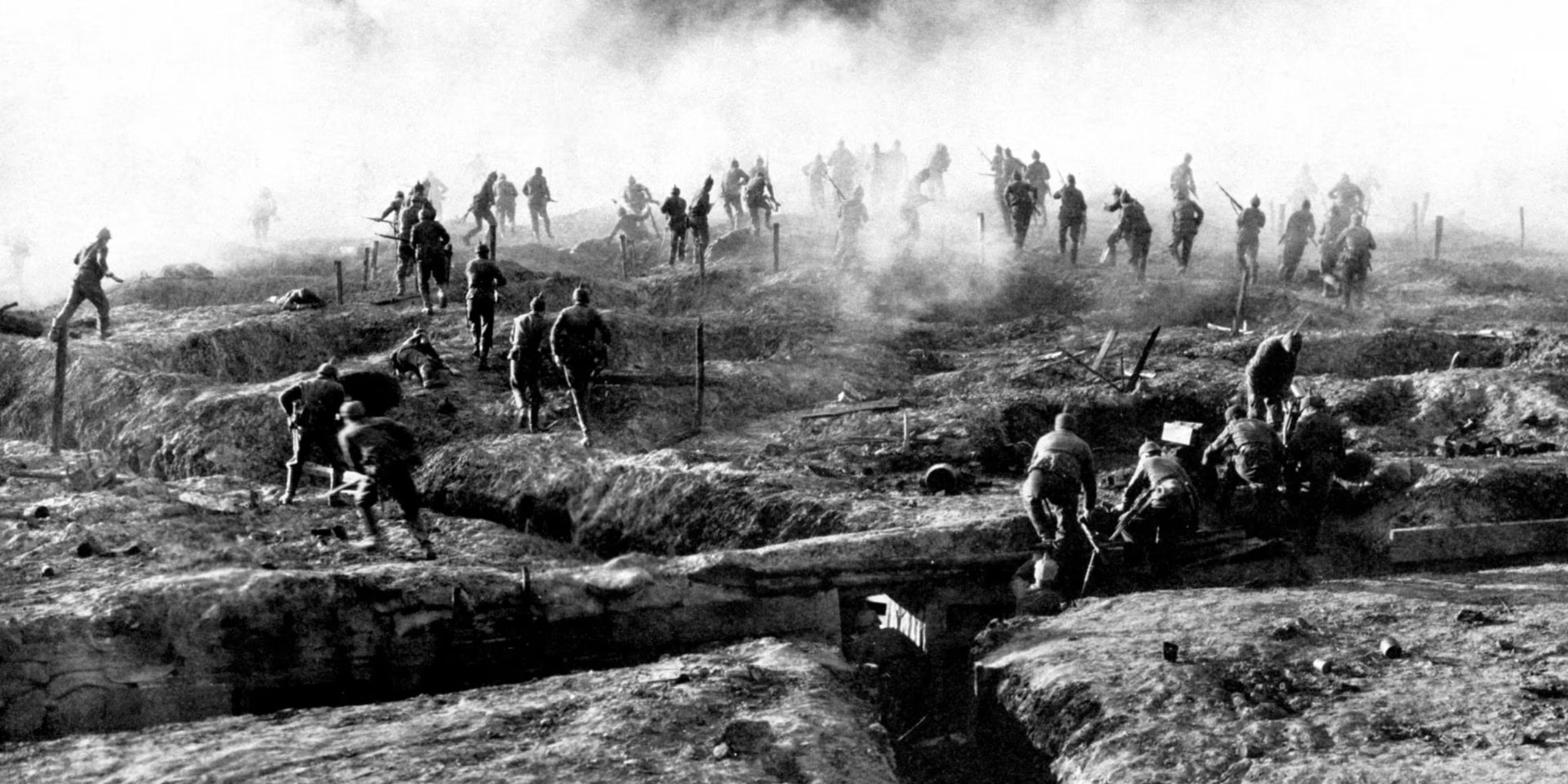
The First World War, also known as World War I (WWI) or the Great War, was one of the most catastrophic and transformative conflicts in human history. Fought from 28 July 1914 to 11 November 1918, it involved the world’s major powers divided into two alliances: the Allied Powers and the Central Powers. More than 65 million soldiers were mobilized, and an estimated 16 to 20 million people—soldiers and civilians—lost their lives.
The war reshaped borders, toppled empires, introduced modern warfare, and laid the groundwork for the Second World War. It also marked the end of the old European order and the beginning of a new, uncertain age.
📍 Causes of World War I
🔹 1. Militarism
The great powers of Europe—Germany, Britain, Russia, France, and Austria-Hungary—were engaged in an arms race, particularly in building naval fleets and stockpiling weapons.
🔹 2. Alliances
Two major alliance systems were in place:
- Triple Entente: France, Russia, and the United Kingdom
- Triple Alliance: Germany, Austria-Hungary, and Italy (Italy would switch sides in 1915)
🔹 3. Imperialism
Competition for colonies in Africa and Asia intensified rivalries between nations, especially Britain, France, and Germany.
🔹 4. Nationalism
Ethnic groups in the Austro-Hungarian and Ottoman empires sought independence. Nationalist pride also made nations more aggressive and unyielding.
🔹 5. Assassination of Archduke Franz Ferdinand
On 28 June 1914, Archduke Franz Ferdinand of Austria-Hungary was assassinated in Sarajevo by Gavrilo Princip, a Bosnian Serb nationalist. This event triggered a chain of ultimatums and war declarations.
🌍 Nations Involved
🛡️ Allied Powers
- France
- United Kingdom
- Russia (until 1917)
- Italy (joined in 1915)
- United States (joined in 1917)
- Serbia, Japan, Belgium, Romania, Greece, and others
⚔️ Central Powers
- Germany
- Austria-Hungary
- Ottoman Empire
- Bulgaria
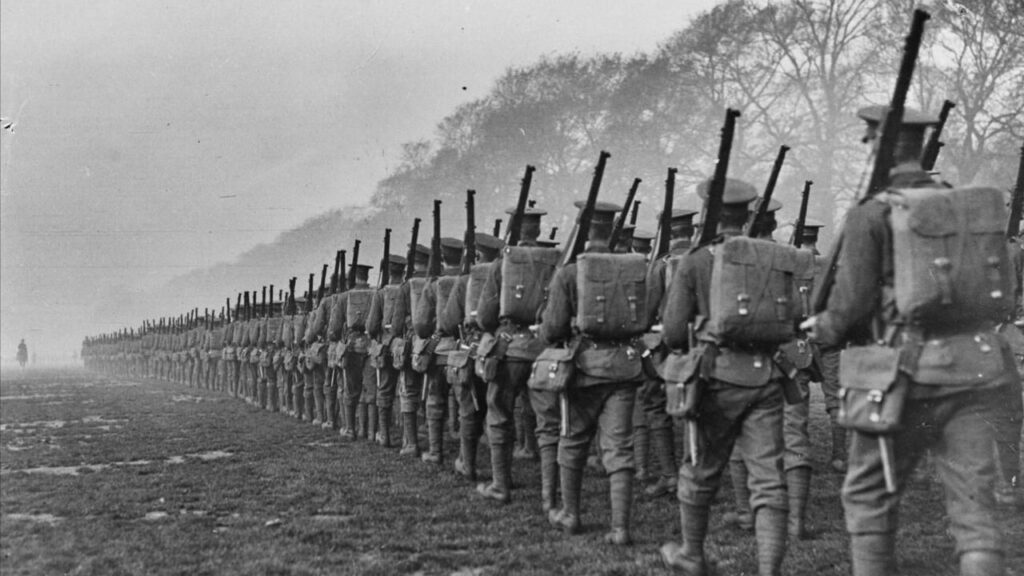
🗓️ Timeline of Major Events
1914: War Begins
- July 28: Austria-Hungary declares war on Serbia.
- August: Germany invades Belgium; Britain declares war on Germany.
- Battle of the Marne stops German advance into France.
- Trench warfare begins on the Western Front.
1915
- Italy joins the Allies.
- Gallipoli Campaign begins—an Allied attempt to knock the Ottomans out of the war.
- First use of poison gas by Germany at Ypres.
1916
- Battle of Verdun (Feb–Dec): One of the longest and bloodiest battles.
- Battle of the Somme (July–Nov): Over 1 million casualties.
- Introduction of tanks by the British.
1917
- Russian Revolution leads to the Bolsheviks taking power.
- Russia signs armistice with Germany in December.
- The U.S. enters the war in April after German unrestricted submarine warfare and the Zimmerman Telegram.
1918
- Germany launches a major offensive on the Western Front in spring.
- Allied counter-offensives push Germans back.
- November 11: Germany signs the Armistice. The war ends at 11:00 a.m. on 11/11/1918.
⚔️ Key Characteristics of WWI
🪖 Trench Warfare
- Dominated the Western Front.
- Soldiers lived in terrible conditions—mud, disease, rats, and constant danger.
- “No man’s land” between trenches was filled with barbed wire and artillery craters.
☠️ Modern Weaponry
- Machine guns
- Tanks
- Poison gas (mustard, chlorine)
- Submarines (U-boats)
- Aircraft for reconnaissance and limited bombing
🛡️ Naval Warfare
- British Royal Navy blockaded Germany.
- German U-boats targeted Allied shipping, including the sinking of the Lusitania in 1915.
🎖️ Total War
- Entire economies and populations mobilized for war.
- Governments controlled industry, food supply, and propaganda.
- Women entered the workforce in large numbers.
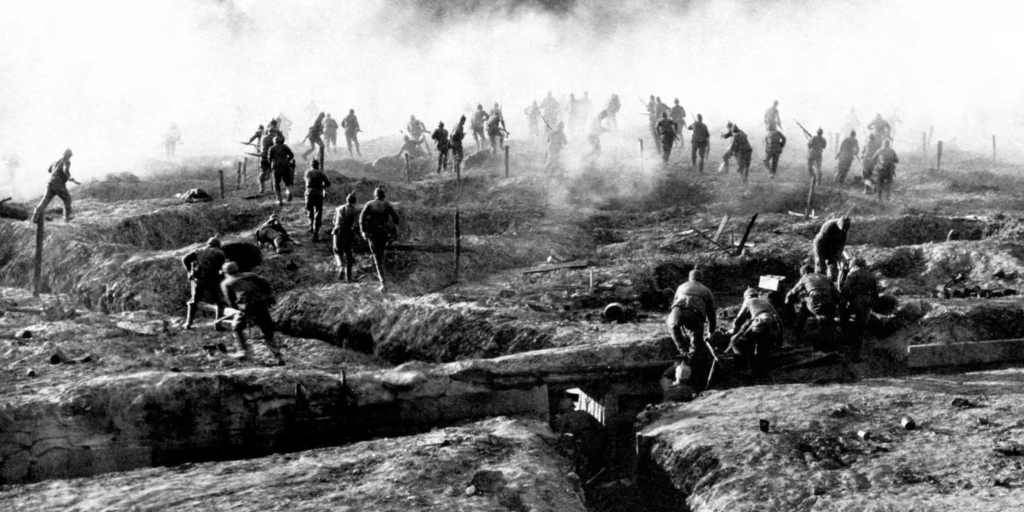
📜 The End of the War and the Treaty of Versailles
✍️ Armistice
Signed on 11 November 1918 in a railway carriage in Compiègne, France, ending the fighting.
📑 Treaty of Versailles (1919)
- Germany was forced to accept full responsibility for the war (“War Guilt Clause”).
- Germany lost:
- All overseas colonies
- Alsace-Lorraine to France
- Territory to Poland (including the Polish Corridor)
- Military restrictions: German army limited to 100,000 men; no air force or submarines
- Reparations: Germany had to pay vast sums (estimated at 132 billion gold marks)
The treaty was seen as too harsh by Germans and too lenient by some Allies, laying the groundwork for future tensions.
🧠 Impact and Consequences
💥 Human Cost
- Military deaths: ~10 million
- Civilian deaths: ~7 million
- Wounded: 20+ million
- Spanish Flu (1918–1920): Killed millions more in the aftermath
🏰 Collapse of Empires
- Austro-Hungarian Empire dissolved
- Ottoman Empire dismantled
- Russian Empire fell to revolution
- German Empire abolished, replaced by the Weimar Republic
📍 New Nations Emerged
- Yugoslavia, Czechoslovakia, Poland, Estonia, Latvia, Lithuania, and more
🌐 League of Nations
Founded to promote peace and prevent future wars—although the U.S. never joined, and it ultimately failed to stop WWII.
⚔️ Path to WWII
- German resentment over the Treaty of Versailles
- Rise of extremism and Adolf Hitler
- Economic instability and nationalism set the stage for another global conflict
🧑🏫 Cultural and Social Effects
✍️ Literature and Art
- War poets: Wilfred Owen, Siegfried Sassoon
- Novels like All Quiet on the Western Front
- A surge in modernist art and disillusioned writing
🧕 Women’s Roles
- Women entered industry, transportation, and nursing en masse
- Contributed to women gaining the right to vote in many countries post-war
🏥 Medical Advances
- Improvements in surgery, prosthetics, and mental health care
- Recognition of shell shock (PTSD)
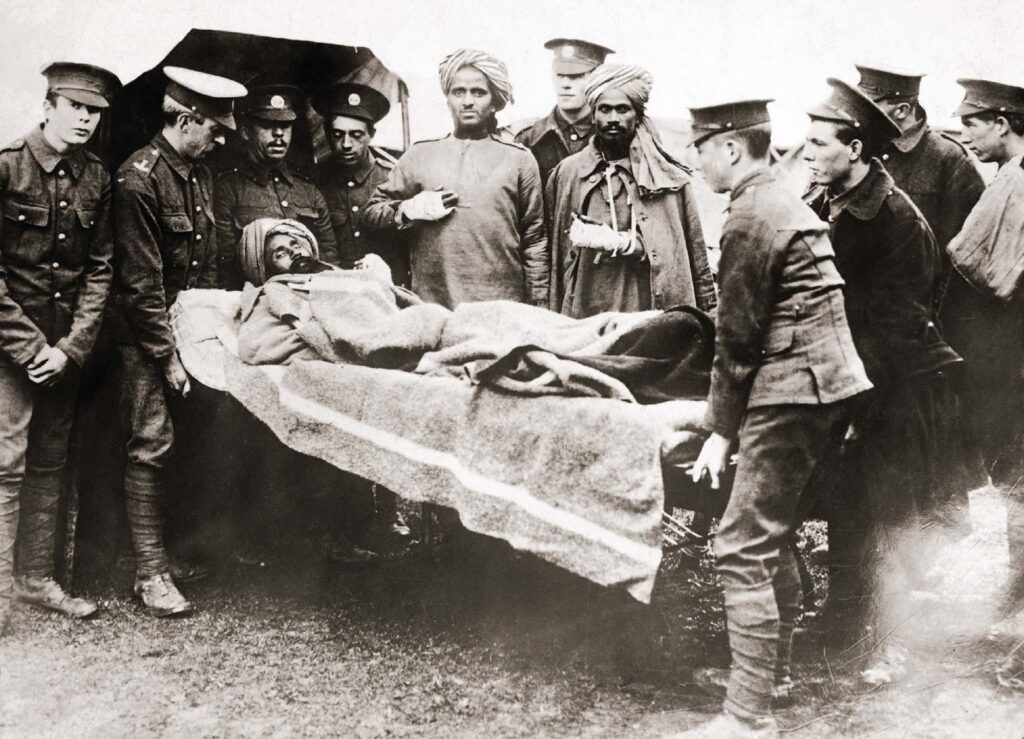
Conclusion
The First World War was more than just a military conflict—it was a turning point in human history. It shattered old empires, redrew global maps, and ushered in a century of both incredible progress and harrowing violence. The lessons of WWI—about diplomacy, nationalism, and the cost of modern war—continue to resonate to this day.
